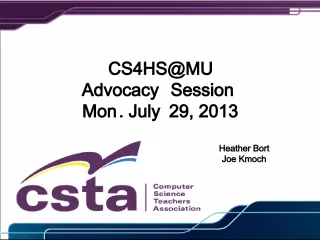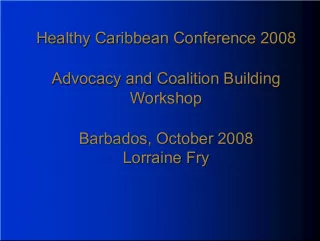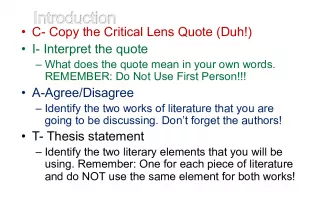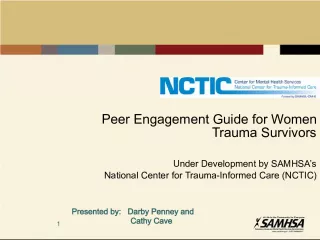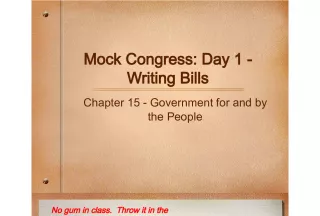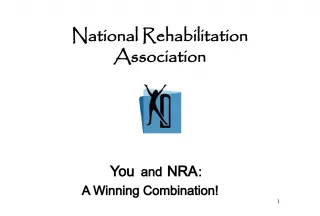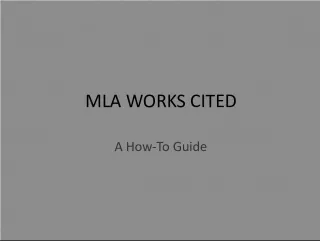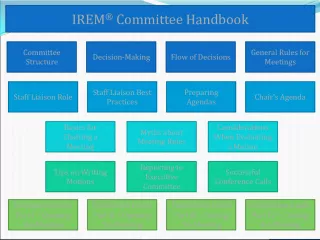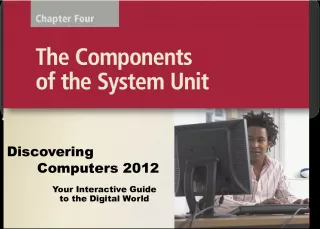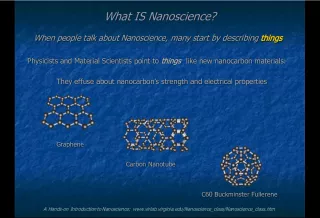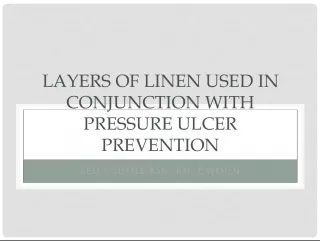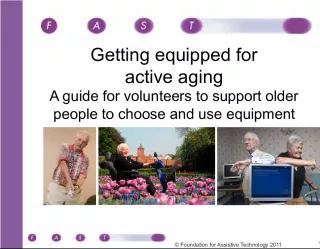Introduction to Advocacy: A Guide for Physiatrists
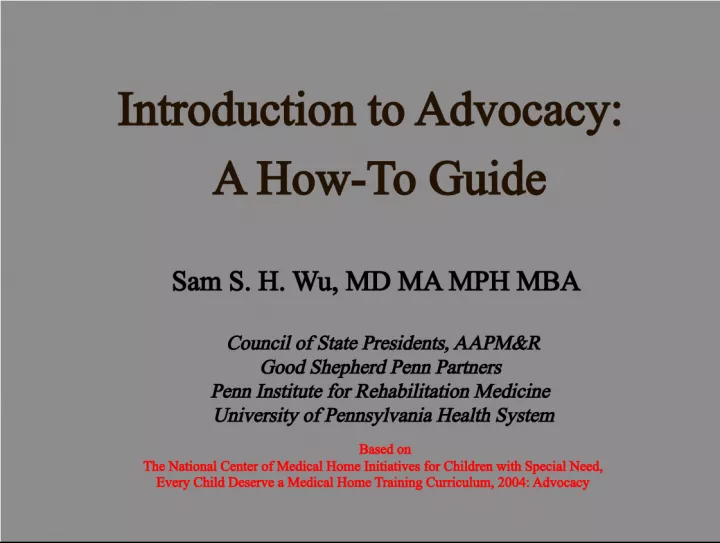

This guide provides a comprehensive introduction to advocacy, outlining the significance of advocacy, the role of every physiatrist as an advocate, and steps to take to advocate. The guide also emphasizes the power of coalitions in augmenting individual advocacy efforts.
- Uploaded on | 0 Views
-
 jaxrempel
jaxrempel
About Introduction to Advocacy: A Guide for Physiatrists
PowerPoint presentation about 'Introduction to Advocacy: A Guide for Physiatrists'. This presentation describes the topic on This guide provides a comprehensive introduction to advocacy, outlining the significance of advocacy, the role of every physiatrist as an advocate, and steps to take to advocate. The guide also emphasizes the power of coalitions in augmenting individual advocacy efforts.. The key topics included in this slideshow are advocacy, physiatrists, coalitions, medical home, children with special needs,. Download this presentation absolutely free.
Presentation Transcript
1. Introduction to Advocacy: A How-To Guide Sam S. H. Wu, MD MA MPH MBA Council of State Presidents, AAPM&R Good Shepherd Penn Partners Penn Institute for Rehabilitation Medicine University of Pennsylvania Health System Based on The National Center of Medical Home Initiatives for Children with Special Need, Every Child Deserve a Medical Home Training Curriculum, 2004: Advocacy
2. Goals Goals Recognize the significance of advocacy. Realize that every Physiatrist has a role as an advocate. Identify steps you can take to advocate. Understand the power of coalitions to augment individual advocacy effort.
3. What is an Advocate? According to the Merriam-Webster Dictionary: advocate (n.) 1. One who pleads anothers cause 2. One who argues or pleads for a cause or proposal
4. Why Is Being an Advocate Important? Advances change that could result in benefit for a large population Keeps the interests of your patients and physiatry on the radar screen of decision makers
5. Why Should You Be an Advocate? As a Physiatrist, you are knowledgeable of the needs of patients with disabilities and the practice of Physical Medicine and Rehabilitation. As a physician, you bring credibility to the issues and are most often seen as working on behalf of others. No one else may be advocating for our field or our particular patients.
6. Road Blocks to Advocacy Road Blocks to Advocacy Lack of time Lack of focus Lack of knowledge with the issue(s) Lack of comfort with advocacy process
7. How do You Get Started? How do You Get Started? Have an interest which has not been well addressed. Find out more about that interest. Join others who share your interest or ask them to join you. Join medical societies to share information and for assistance.
8. Interest Interest Decide on 1 or 2 issues that particularly interest (or bother) you Become an expert by really get to know the issue(s) Identify all players involved in the issue those that support and those that oppose
9. Speak Out on Your Issue Public hearings Letters to the editor Advisory boards Media Interviews Senior Centers
10. Polish Your Message Polish Your Message Clear Compelling Memorable
11. Tell Your Story Tell Your Story Identify the problem Avoid using technical/clinical language Describe a patient that best illustrates this problem Conclude with your clear, compelling and memorable solution to the problem
12. Become the Go-To Expert Become the Go-To Expert Cultivate relationships with decision makers Send information relating to your story without asking anything in return
13. Join or Form Coalitions Join or Form Coalitions
14. Coalition Benefits Coalition Benefits Access to more resources Information, labor, perspective, expertise, etc. Avoid reinventing the wheel People with same interests are more likely to be effective by collaborating
15. Partners Partners AAPMR AMA State medical societies and specialty societies Disability groups Disease-oriented organizations Patient advocacy groups Government agencies Corporations
16. Incremental Success: Start with Small Bites Comprehensive change often require perfect alignment of multiple variables including luck A series of small success make the process manageable and less daunting
17. Take Home Messages Take Home Messages
18. Advocacy and the Busy Physiatrist Advocacy and the Busy Physiatrist Speak out and tell your story Monitor the Legislative, Business and Clinical Practice Issues Section of www.AAPMR.org Wear a conspicuous button regarding your issue Support political candidates by making available their campaign brochures in your waiting room
19. Advocate for Others and Not Only for Yourself Advocate for Others and Not Only for Yourself Focus on benefits to patients and families Explain the impact of your physiatric practice on the community Personalize your story with real-life examples from your clinical practice
20. Goals Recap Goals Recap The importance of advocacy for your patients and your physiatric practice. Every physiatrist has a role as an advocate. Steps you can take to advocate. The power of coalitions to enhance your individual advocacy action.
21. Thank you!
